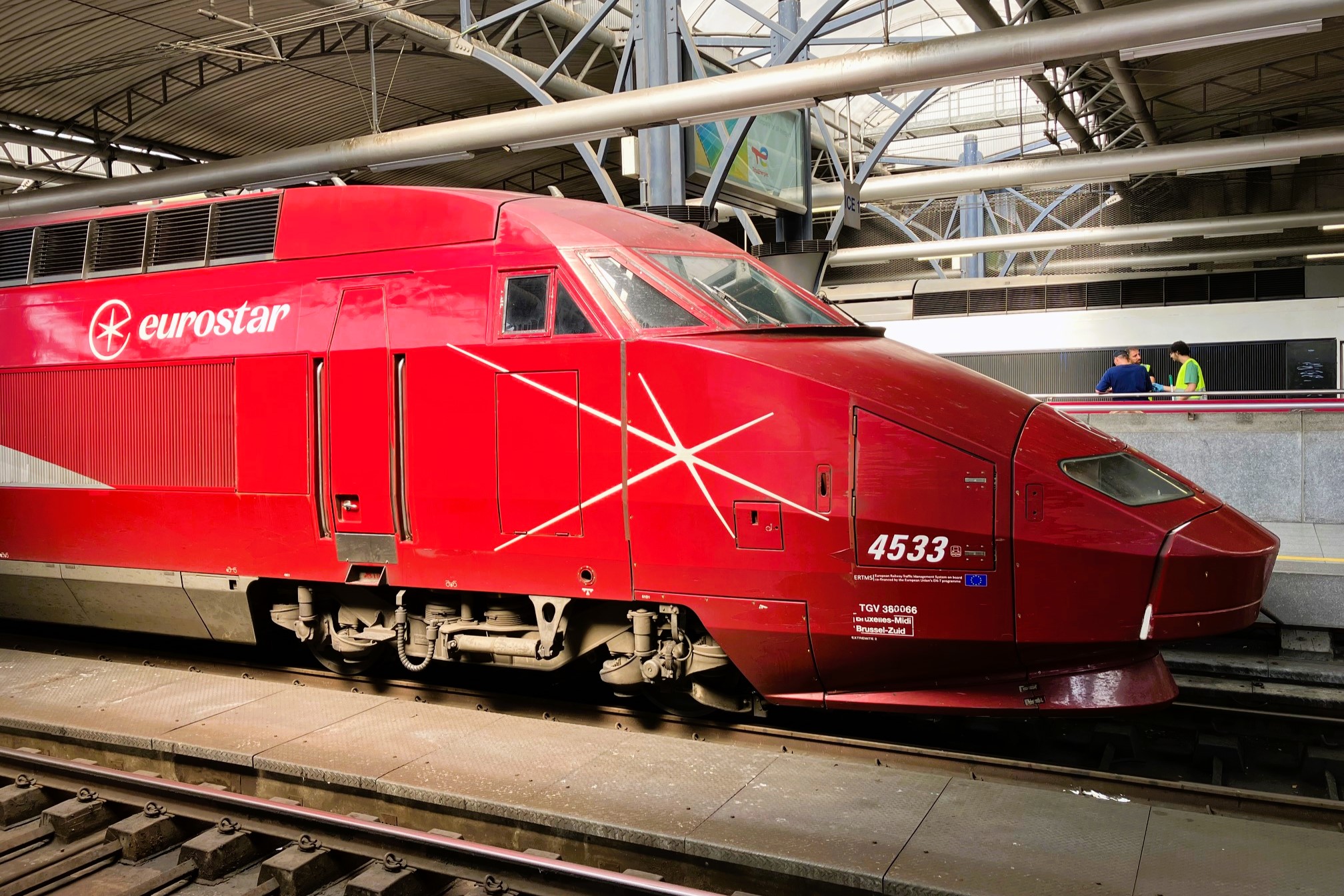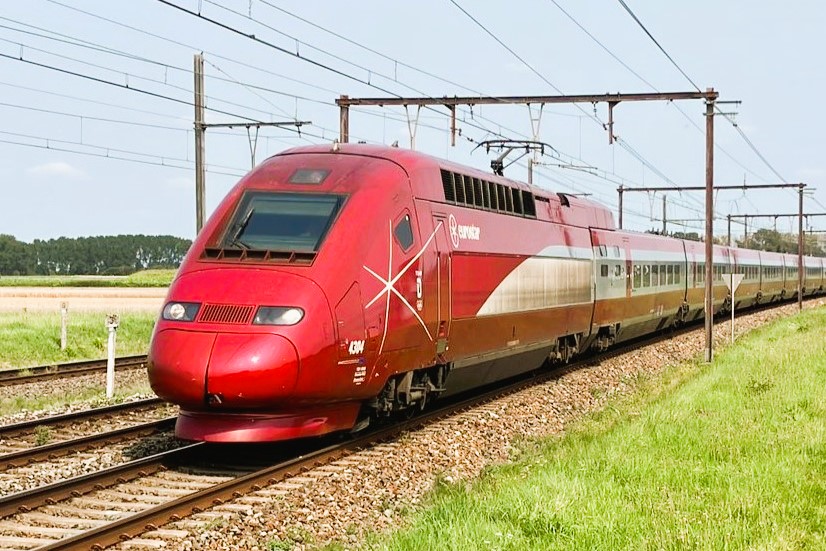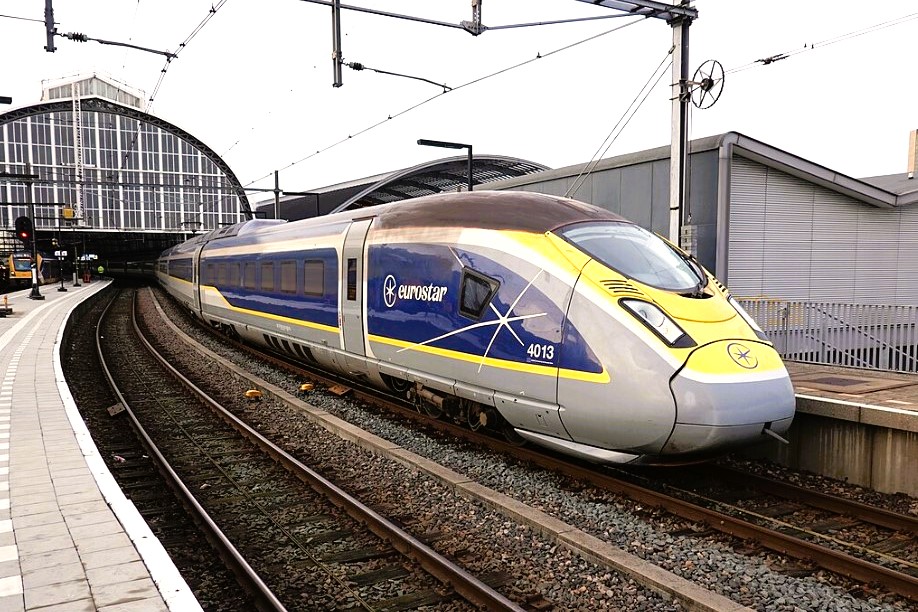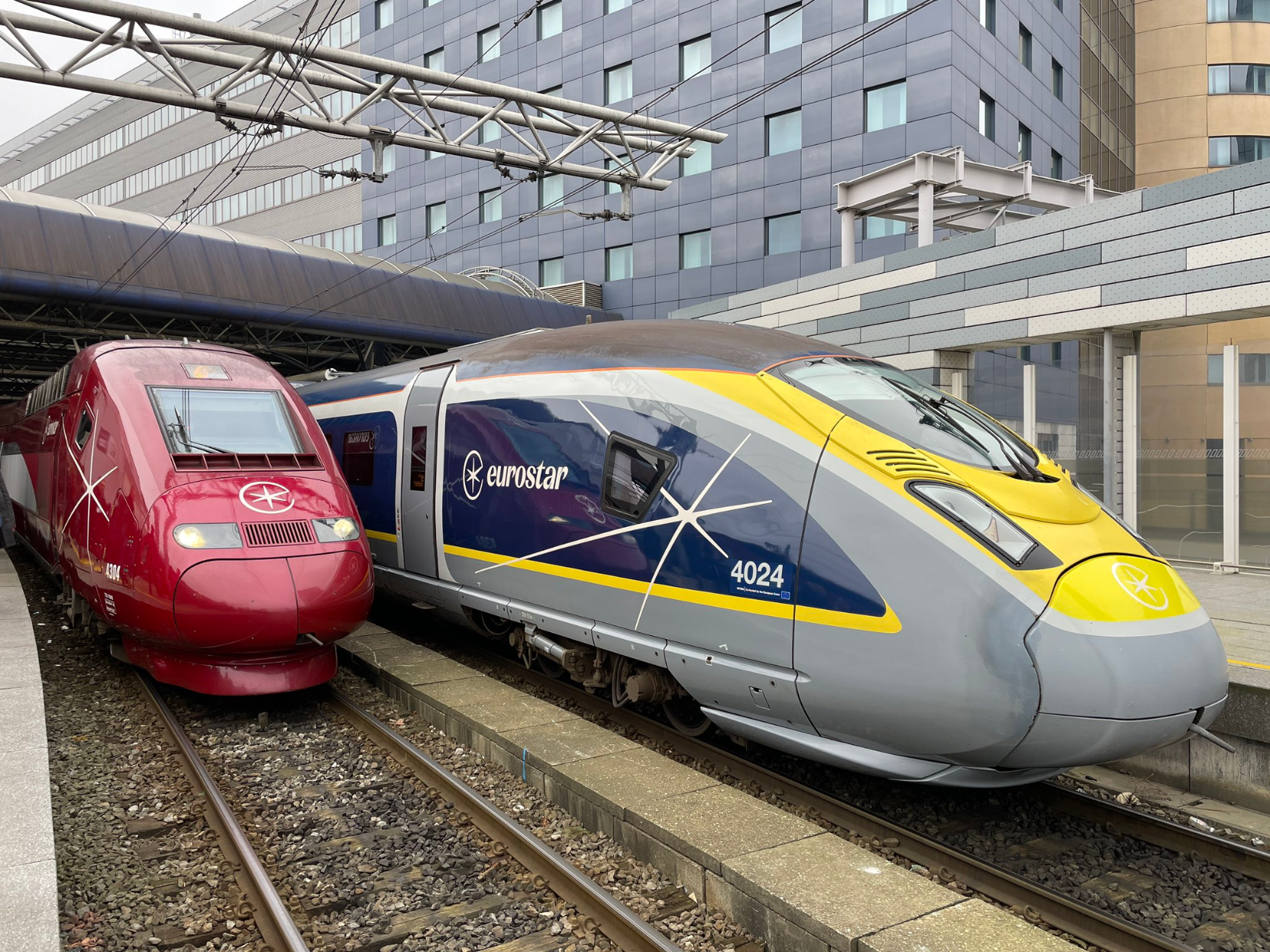Passenger train services • Main line services / Ticketing • High Speed Rail • Eurostar
➤ See also: AVE (Renfe) – Avlo (Renfe) – Frecciarossa – ICE – InOui – Iryo – Lyria – NTV-Italo – Ouigo SNCF
➤ See also: High speed train in France – High speed train in Germany – High speed train in Italy – High speed train in Japan
Note: For educational purpose only. This page is meant purely as a documentation tool and has no legal effect. It is not a substitute for the official page of the operating company, manufacturer or official institutions. It cannot be used for staff training, which is the responsibility of approved institutions and companies.
Read the full package on Eurostar:
The company 1994-2023 → The company since 2024 → Rolling stock → Train services → Economics
Summary
The merger between Eurostar and Thalys, completed in October 2023, aimed to create a more cohesive high-speed rail network across Europe. Key motivations included enhancing connectivity between major cities like London, Paris, Brussels, and Amsterdam, making travel more seamless for passengers. The merger also sought to bolster competition against other transport modes, particularly air travel, by providing a stronger alternative.
Operational efficiency was another goal, as combining resources could lead to cost savings and improved service quality. Additionally, the merger aligned with sustainability objectives, promoting rail travel as an eco-friendly option and helping reduce carbon emissions in the transportation sector.
The new Eurostar thus found itself having to manage two very different cultures, with all the routes of the former Thalys and the IT merger. The rollong stock also passed from 2 to 4 types of trainsets. Thalys red remained the trademark of trains serving the Continent.
Operator: Eurostar Group
Subsidiary / shareholders: SNCF, SNCB, CDPQ, Hermès
Sector: Passengers transport
Type of service: Main line
International transport: yes
First services: October 2023
Train type: HST Emu
Manufacturer(s): Alstom – Siemens
Driver service: own
Officiel website: https://www.eurostar.com/uk-en
Social media: :
Similar companies : AVE and AVLO Renfe – Frecciarossa Trenitalia – ICE Deutsche Bahn – iryo – NTV-Italo – Ouigo España – Shinkansen – TGV SNCF
The definition of a high-speed train varies by region, but generally, it refers to trains that operate at speeds of at least 250 km/h (155 mph) on newly built lines and 200 km/h (124 mph) on upgraded lines. In Europe, for example, the UIC (International Union of Railways) considers a commercial speed of 250 km/h as the principal criterion for high-speed rail. In the United States, the definition can include trains operating at speeds ranging from 180 km/h (110 mph) to 240 km/h (150 mph).
➤ See the UIC definition
In addition, the european’s TSI gives two high-speed classes (according 2008/232/EC point 4.2.1.1 b) :
• Class 1: trains with a maximum speed of 250 km/h or more;
• Class 2: trains with a maximal speed of at least 190 km/h, but less than 250 km/h.
➤ See Eurostar’s story before 2024
Routes after merger with Thalys in October 2023
➤ Brussels-Midi – London St Pancras
➤ Amsterdam CS – Rotterdam CS – Brussels-Midi – London St Pancras
➤ Paris-Nord – London St Pancras
➤ Paris-Nord – Brussels-Midi – Antwerp – Rotterdam – Amsterdam CS (ex-Thalys route)
➤ Paris-Nord – Brussels-Midi – Liège-Guillemins – Aachen – Cologne – Düsseldorf – Dortmund (ex-Thalys route)
➤ Amsterdam CS – Rotterdam CS – Brussels-Midi – Bourg St Maurice (saturday winter season – ex-Thalys route)
➤ Amsterdam CS – Rotterdam CS – Brussels-Midi – Avignon-TGV – Marseille St Charles (saturday summer season – ex-Thalys route)
Rolling stock (past and present)

GEC-Alsthom
1993 – …

Alstom
1993 – …

Alstom
1996 – …

Siemens Velaro UK
2015 – …
A new chapter
Eurostar reported that for 2023, Eurostar Group exceeded €2 billion revenue for the first time and achieved EBITDA of €423m. This success was due to a ramp up of operations from 2022 to 2023, and overall growth in passenger numbers reaching nearly 19 million.

2024 – New future and new rolling stock
This allowed Eurostat to look forward to a new future. The company targeted a growth to 30 million annual passengers Eurostar expects by 2030 and for future growth. In addition, There was also an urgent need to replace the PBA and PBKA trains of the old Thalys, all of which had been in service for 30 years.
This is why, in the spring 2024, the company announced an investment in 50 new high-speed trains. The new fleet will eventually operate alongside Eurostar’s current fleet of 17 e320s, providing a total fleet of up to 67 trains (a 30% increase compared to the 51 trains Eurostar operates today). While the detailed design elements are to be confirmed, the new trains will set the standards for customer experience and comfort. It aims for the first new trains to be in service from the early 2030s.
Both Eurostar customers and staff will be involved in the design process and all trains will be created in the most eco-friendly way. The new fleet will be required to have improved energy consumption versus the current fleet. 🟧
Rolling stock since 2024 →
[TOP]
Main lines • High Speed Rail • Lexical
